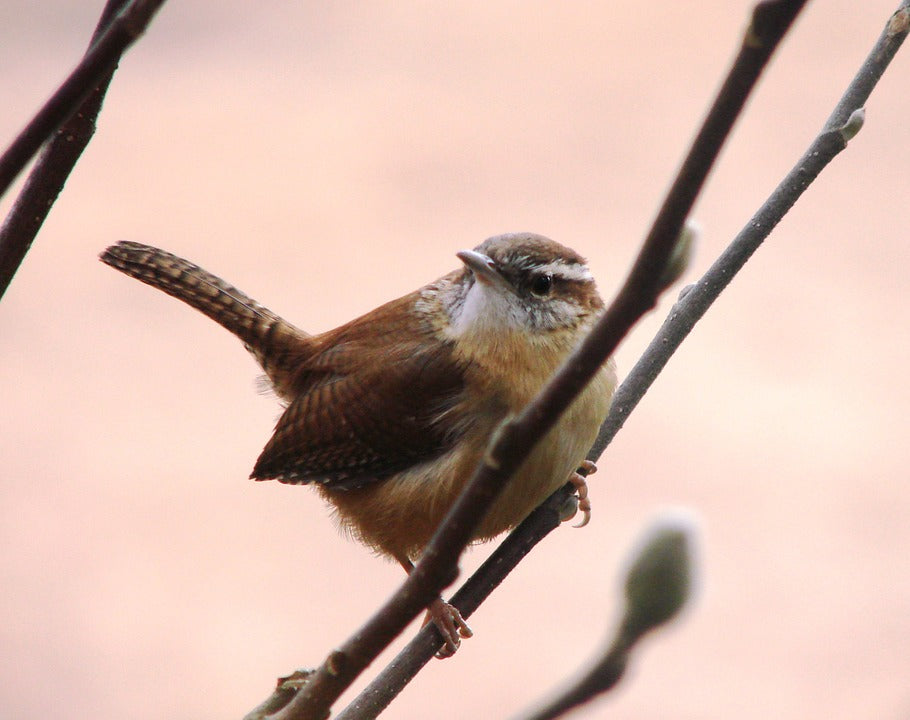Offer
Provide additional details about the offer you're running.
Provide additional details about the offer you're running.
Provide additional details about the offer you're running.

Small in size, well-traveled and oddly fierce, the house wren is a regular fixture to the birding world here in the Ottawa area. These pint-size birds are without the flashes of dramatic plumage we are accustomed to in other species during this time of the year but they make up for it in many other ways.
A pale brown colour and an upright pointing tail are what is best used to describe their physical characteristics but if you have ever stopped to truly observe these birds in person, you will quickly realize there is so much more to these feisty little birds.
These birds are cavity nesters, meaning they will nest in just about anything that resembles a crevice, hole or cavity. While they have been known to take up residence in old boxes, boots, and many other things, one of their favourite haunts is a human-placed nesting box.
The males are in charge of finding a suitable nesting site and will often build multiple nests in an attempt to impress local females. While the male certainly works tirelessly to create suitable nesting sites, it ultimately comes down to the choice of the female as to whether or not any of the prospective sites will actually be used.
Extremely territorial in nature, house wrens will stop at nothing to protect nesting sites or even take over those which aren’t theirs. These small birds are known to chase off and peck at much larger birds and even go as far as to drag competing nests and eggs out of a spot they have their eye on.
Additionally, these birds can get as ruthless as sabotaging existing sites (nesting boxes included) to ensure other birds do not nest close by. As you can see in the video above, they will stuff a box completely full so as to not allow any other birds to enter and set up shop, if they so choose.
When it comes to their young, mites and parasites become one of the biggest threats to their nestlings. To combat this, house wrens will, in some cases, bring in spider egg sacs into the material from which they build their house. Once the spiders hatch, the birds rely on them to take care of any mites and parasites that could potentially feed on their young.
High Quality Blend